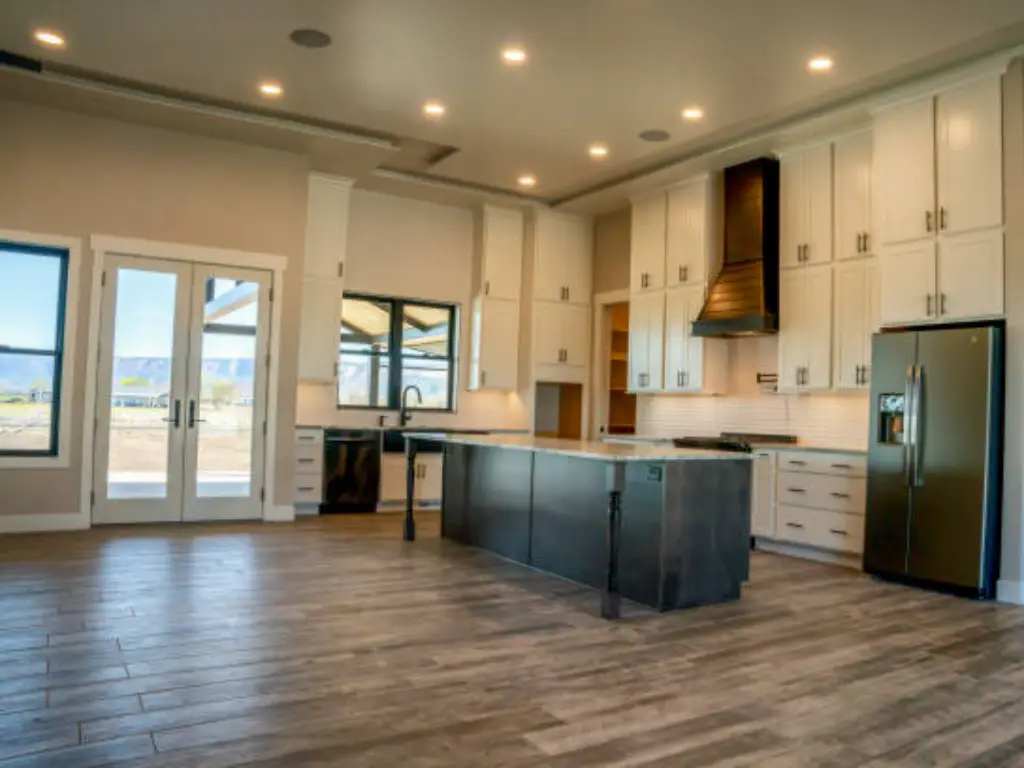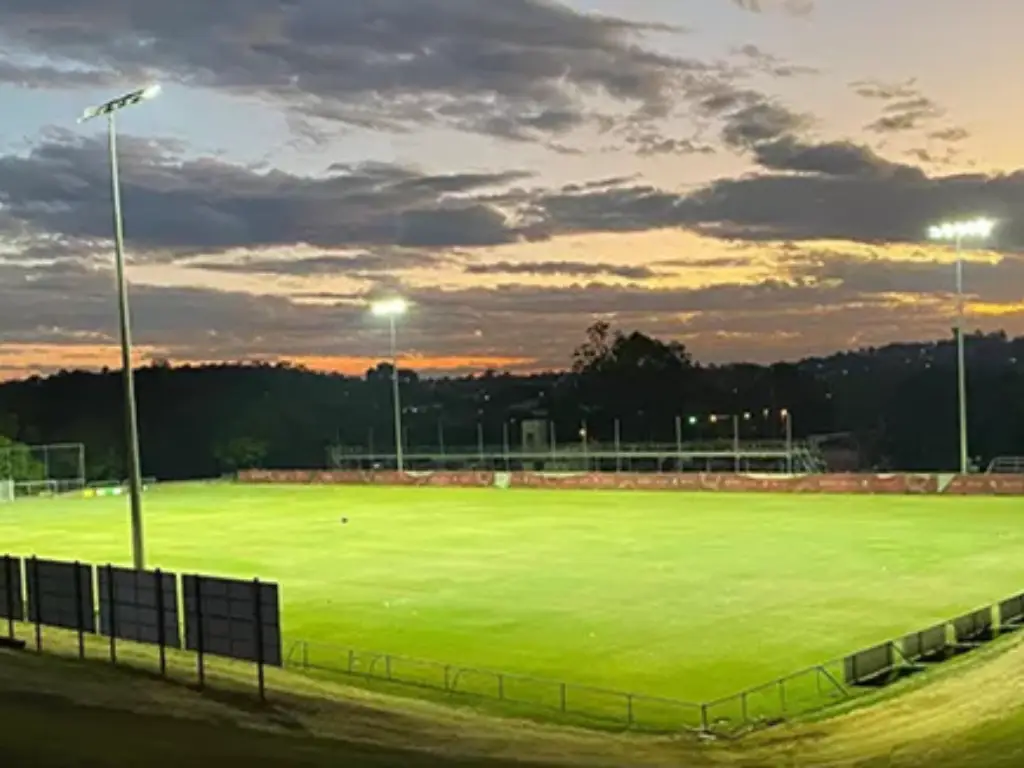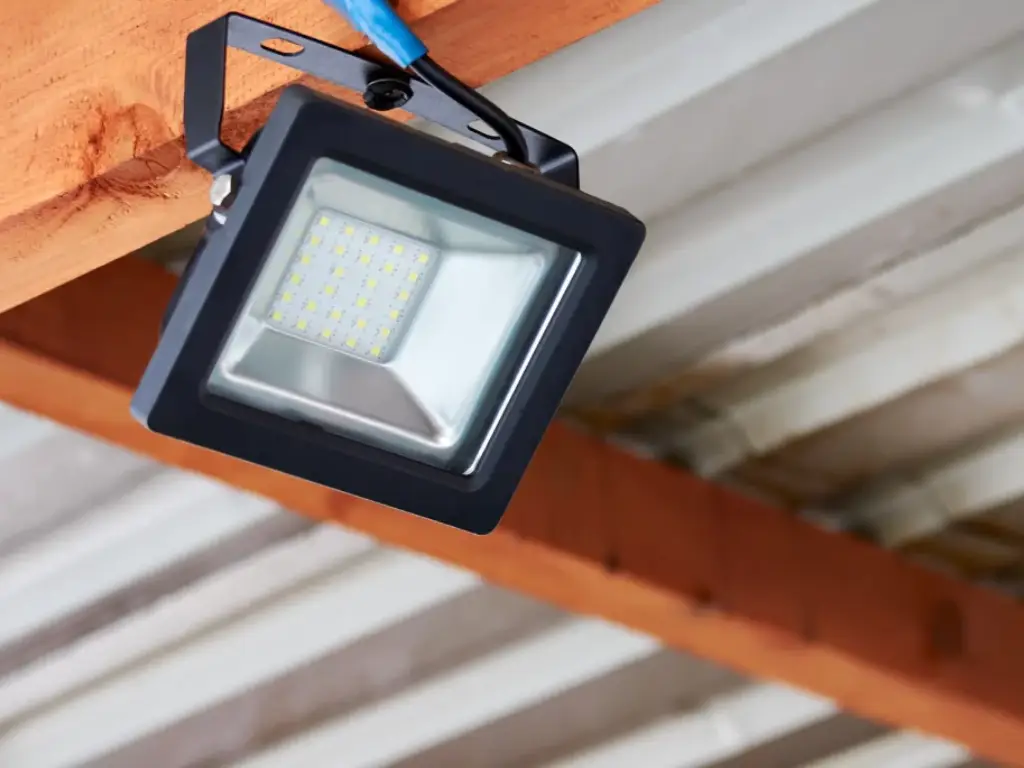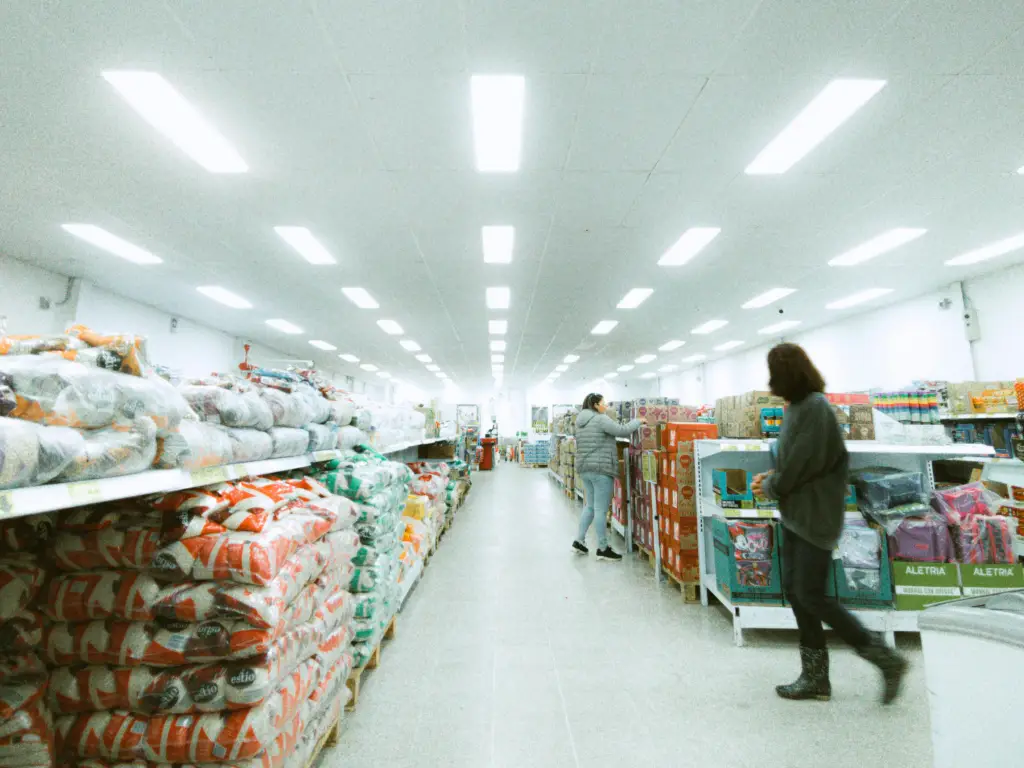It is a fact that lighting can change the character of a room and create a specific atmosphere. Indeed, selecting which scheme among the pinlights and the downlights is the better one relies on the owner’s particular preferences. In this article, we will be comparing pinlight and downlight to enable you to make the right decision. In the process, we will discuss aspects such as energy consumption, appearance, and price so that your area receives the right amount of light.
What Are Pinlights and Downlights? Key Differences You Should Know
Pinlights and downlights are two major types of lights used in modern interior design and they have different functions in a given environment. Pinights, also called spotlighting, have features of small intense beams of light. They are used mostly for increasing the contrast in a particular part or element of the interior decoration or utilised with the purpose of the lighting of some piece of art or a building structure. This focused light is good in creating focal points or offering specific work or task based lighting it introduces depth and drama.
However, downlights are normally installed in the ceiling and provide general or overall lighting to a particular place. They are designed in a way that they can provide uniform light across a room hence giving a clean look. Downlights are suggested because they can diffuse sufficient and general light needed for all-purpose operations in houses or offices.
The fundamental distinction lies in their purpose: pinlights are about accuracy and identification and on the other hand downlights are about uniformly lighting up a room. Moreover, downlights usually call for broader luminaires, which extends their function in the ambient lighting, while pinlights are best for compact and directed uses.
Market Share of Light Sources in Pinlights and Downlights :
| Fixture Type | LED Light Source | Fluorescent Light (CFL) | Halogen Light Source | Other Light Sources |
| Pinlight | 85%-90% | 3%-5% | 5%-10% | <1% (e.g., HID and other rare sources) |
| Downlight | 90%-95% | 3%-7% | <1%-2% | <1% (e.g., HID and other rare sources) |
Overview:
- LED light sources hold the largest share of the market due to their efficiency, durability (30,000-50,000 hours) and high luminous efficiency.
- Fluorescent lights were another type of energy-saving devices, they have been quickly replaced by LEDs because of a long time needed to turn on, issues with mercury harm to the environment, and relative short expected life span.
- Halogen light sources have been almost completely replaced, and are only used occasionally in some traditional designs or in older buildings.
- Other types of light sources, for instance, HID are not common and are mostly used in industrial or commercial purposes.
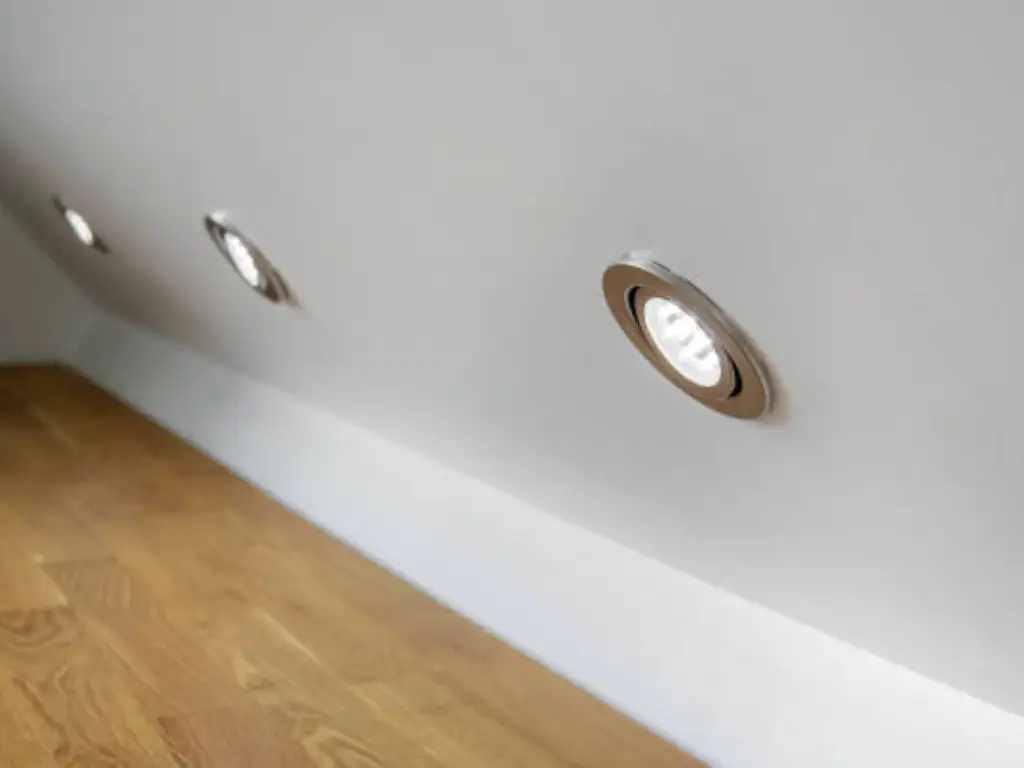
Why LED Dominates the Market
LED technology has effectively surpassed traditional lighting sources, bringing multiple benefits:
- Energy Efficiency: LEDs are about 80% more efficient than incandescent or halogen bulbs, thus greatly cutting electricity expenses.
- Longevity: LEDs have a life expectancy of between 30,000 to 50,000 hours while halogen bulbs have a life expectancy of between 1,000-2,000 hours and CFLs have a life expectancy of between 6,000-10,000 hours.
- Environmental Friendliness: LEDs do not contain mercury and hazardous substances and subsequently meet the requirements of eco-legislation such as RoHS.
- Superior Light Quality: Some models come in various color temperatures with higher CRI, and do not degrade over time as the usual LED lights do.
- Design Flexibility: The therm plasticity of LEDs contributes to innovative designs and smart lighting applications including the dimming and compatibility with home automation systems.
Therefore, LEDs the preferred choice for both pinlights and downlights consonant with present-day requirements of optimization, sustainability, and versatility.
Choosing the Right Lighting for Your Room: Pinlight vs Downlight
Pinlights and downlights are two types of lights that should be used in a building depending on the need of the room in question. Pinlights are especially suitable for any interior that requires accent lighting. Downlights on the other hand emit a wide beam of light that makes it suitable general lighting in bedroom kitchens and hallways.
Here’s a quick guide to help you choose the best lighting for different rooms:
| Room Type | Recommended Lighting | Why It Works |
| Living Room | Pinlight | Focused light highlights artwork or architectural details. |
| Dining Room | Pinlight | Creates a warm, focused atmosphere ideal for dining settings. |
| Bedroom | Downlight | Provides even, soft light without overpowering the space. |
| Kitchen | Downlight | Offers ample, even light for cooking and working areas. |
| Hallway | Downlight | Distributes light evenly, ensuring safe navigation. |
This comparison assists in making the right decision on which lighting fixture will improve the functionality and appearance of every room.
Energy Efficiency: How Pinlights and Downlights Compare
1. Power Consumption Comparison
In the average power consumption analysis of pinlights and downlights that the pinlights use lesser power because of their spot light characteristics. For instance, a normal LED pinlight could consume 4-6 watts, the LED downlight could consume around 8-12 watts using size and brightness levels. This is so because downlights are intended to illuminate a larger area than the uplights, and therefore they need more power. But when both fixtures are fitted with LED technology, the energy used is much lower than that used by halogen or incandescent bulbs, which can use up to 5 times more energy.
2. Energy efficiency tips To further improve energy efficiency, consider the following tips:
Choose LED versions: They use less power and are long lasting than the halogen or incandescent bulbs as they are used.
Install dimmable fixtures: Employ the services of low-voltage lighting either downlights or pinlights where you can control the amount of light needed at any one time both during normal and off peak hours thereby cutting down on the amount of energy used.
Select adjustable color temperatures: Smart lights that can be set to different color temperatures will allow you to use the right amount of light for the job, and avoid using too much during less strenuous activities.
By following these simple steps, you can get the best out of pinlights and downlights to light up your home or business while still saving on costs.
Installation Costs: Pinlight vs Downlight – What to Expect
1. Upfront Installation Costs
Pinlights on average are cheaper to install for they cost between $50 to $70 in relative basic material and installation. They are easier to mount than larger ones and their design is not as complex which means that they do not take as much time to mount. Downlights are relatively more expensive than other types of lighting fixtures because of their recessed design; the installation costs for these fixtures are anywhere between $80 and $120 per fixture. This involves cutting of the ceiling, fixing of the light and sealing where necessary. But you cannot just look at the single installation cost, you also have to look at other things.
2. Additional Costs to Consider
Other costs are also involved in the real cost of installation of the system. Pinlights are easier to install individually but may need more wiring and fixtures to cover the area as compared to the other types of lights hence the total labor and equipment cost will be high. In downlights additional cost may be incurred due to ceiling modification For instance in low ceiling where extra braces or holders are required to fit the lights properly.
Therefore, deciding between pinlight and downlight must be based on your project size and your wallet size as well. Pinlights will provide specific areas of interest, which can be done at a lower cost, downlights are more proper to be used in large areas where general even lighting is required.
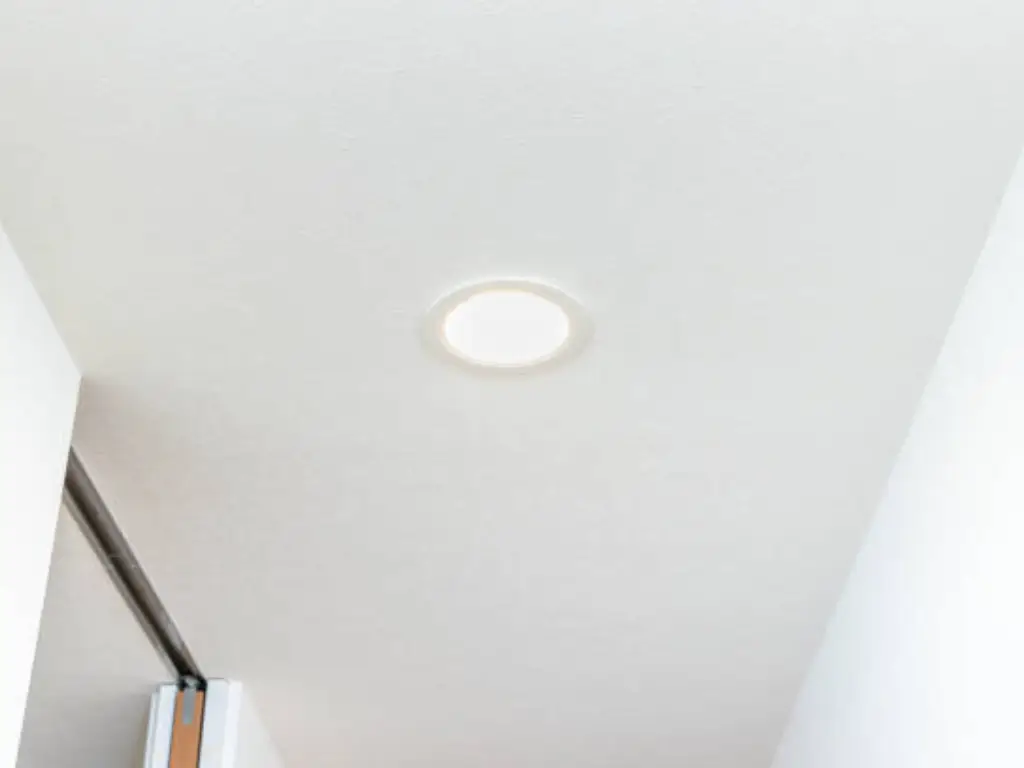
Lighting Lifespan: How Durable Are Pinlights and Downlights?
1. Lifespan of Pinlights vs Downlights
Pinlights and downlights are very durable and even more so when they are fitted with LED technology. LEDs can be expected to have a life of 50,000 hours or more under ideal circumstances. In comparison, this is approximately twenty five times longer than the average incandescent light bulbs. Pinlights are typically used for accent lighting and when distributed over smaller areas, each pinlight has the same lifespan as a downlight. However, as pinlights mostly demand larger quantities for certain specific purposes, overall abrasive fatigue may happen depending on the usage rate more often and faster.
Downlights are planned for regular steady lighting and are often used for constant lighting in larger areas. Their lifespan stays similar to pinlights but their design allows to shield internal parts from dust, vibrations or impacts, which can increase their longevity in certain conditions.
2. Maintenance and Durability Factors
Maintenance needs differ between the two options. Pinlights are smaller and easier to replace individually, but frequent installations across multiple zones can increase long-term maintenance time and costs. External factors, such as poor ventilation or excessive heat, may also affect their performance.
Downlights, by contrast, benefit from their flush-mounted, recessed design, which shields them from external damage. However, access can be more challenging, often requiring professional assistance for replacements or repairs. Dust accumulation or improper installation can shorten their operational lifespan as well.
Both options are highly durable, but the choice depends on the specific environment. For high-traffic or commercial areas, the robust design of downlights may provide a better long-term solution.
Aesthetic Appeal: Pinlight vs Downlight in Interior Design
In terms of design, the aesthetic differences between pinlight vs downlight give each its unique edge. Pinlights are all about adding drama and sophistication. Their focused light beams are perfect for creating depth and layers in your room’s design. Whether it’s a dining area or hallway, pinlights can draw the eye to a particular feature, elevating the aesthetics of a space.
Meanwhile, downlights lean more toward minimalism. They’re subtle and unobtrusive, seamlessly blending into the ceiling. This makes them ideal for modern and clean interior designs where the light source is meant to emphasize the room rather than draw attention to the fixture itself. Additionally, ceiling spotlights like downlights give a cohesive and premium feel, especially in spaces requiring uniform brightness or task lighting.
For those who enjoy experimenting, combining both types of lights—pinlights and downlights—can produce stunning results. For instance, use downlights for ambient lighting and pinlights to accentuate smaller details like art pieces, tables, or even textured walls. Together, they strike the perfect balance of functionality and beauty.
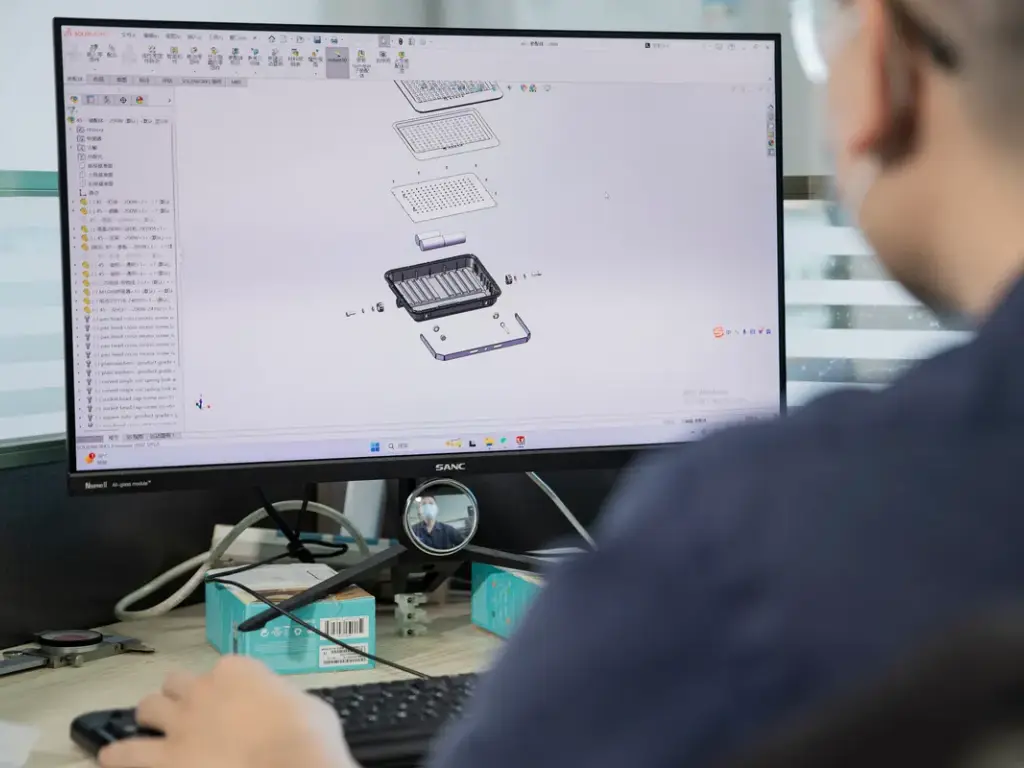
Pinlight or Downlight, Which Is Better?
When it comes to choosing between pinlights (spotlights) and downlights, the simple answer is: it depends on your specific lighting needs and the space you are designing. Both options have distinct advantages and are intended for different applications. Rather than asking “which is better,” the focus should be on determining which one aligns with your purpose and preferences.
Here’s a quick comparison to help you decide:
| Feature | Pinlight (Spotlight) | Downlight |
| Price | Because of the need for special optical design and adjustment functions, the price is usually higher than that of downlights. | Prices are generally lower, making them suitable for budget-sensitive projects (especially when purchasing in large quantities). |
| Installation | Flexible, often surface-mounted or recessed. | Usually recessed into the ceiling. |
| Aesthetic Appearance | Creates visual interest or dramatic effects. | Minimalistic, blends seamlessly with design. |
| Best Suited For | Highlighting artwork, textures, or objects. | Providing overall illumination in a room. |
| Luminous flux/brightness | The beam of light is focused and usually brighter, increasing the visual appeal of an area or object. | The light is soft and suitable for providing uniform low-brightness ambient lighting. |
Expert Advice on Choosing
If you need to highlight specific features, like a piece of art, furniture, or an architectural detail, pinlights are the ideal solution thanks to their precise and focused beams. On the other hand, for uniform lighting throughout a room or area, downlights are more suitable, as they provide diffused and well-balanced illumination.
For most projects, a thoughtful combination of pinlights and downlights often delivers the best results. Pinlights can add character and define focal points, while downlights ensure functionality and overall brightness. The ultimate decision depends on the purpose of the space and the style you wish to achieve. Incorporating both lighting types can elevate the practicality of your design while adding elegance and visual appeal.
At WOSEN, we offer a wide range of LED lighting solutions designed to meet both indoor and outdoor needs. Our products are certified by CE, RoHS, SAA, and ISO9001, ensuring compliance with international standards and delivering reliable performance. Whether your project involves accent lighting, general illumination, or a mix of both, WOSEN is here to provide versatile and high-quality solutions for any application. Feel free to reach out to us for tailored advice or product recommendations.
Conclusion
Lighting is not just a utility – it is a change maker. With this knowledge of the differences between pinlight and downlight, you can make a better decision for your home or office. Whether you are designing for functionality or for beauty, the right combination of light will enhance the look of your space and the quality of your daily life. Don’t forget the essentials like; costing, energy conservation and durable features before proceeding to installation. So will it be a concentrated ray of light or uniform glow? The decision is yours.
Related Products:
- All
- LED Panel Lights
- LED Recessed Lights
